The golden retriever model of Duchenne muscular dystrophy
- PMID: 28526070
- PMCID: PMC5438519
- DOI: 10.1186/s13395-017-0124-z
The golden retriever model of Duchenne muscular dystrophy
Abstract
Duchenne muscular dystrophy (DMD) is an X-linked disease caused by mutations in the DMD gene and loss of the protein dystrophin. The absence of dystrophin leads to myofiber membrane fragility and necrosis, with eventual muscle atrophy and contractures. Affected boys typically die in their second or third decade due to either respiratory failure or cardiomyopathy. Despite extensive attempts to develop definitive therapies for DMD, the standard of care remains prednisone, which has only palliative benefits. Animal models, mainly the mdx mouse and golden retriever muscular dystrophy (GRMD) dog, have played a key role in studies of DMD pathogenesis and treatment development. Because the GRMD clinical syndrome is more severe than in mice, better aligning with the progressive course of DMD, canine studies may translate better to humans. The original founder dog for all GRMD colonies worldwide was identified in the early 1980s before the discovery of the DMD gene and dystrophin. Accordingly, analogies to DMD were initially drawn based on similar clinical features, ranging from the X-linked pattern of inheritance to overlapping histopathologic lesions. Confirmation of genetic homology between DMD and GRMD came with identification of the underlying GRMD mutation, a single nucleotide change that leads to exon skipping and an out-of-frame DMD transcript. GRMD colonies have subsequently been established to conduct pathogenetic and preclinical treatment studies. Simultaneous with the onset of GRMD treatment trials, phenotypic biomarkers were developed, allowing definitive characterization of treatment effect. Importantly, GRMD studies have not always substantiated findings from mdx mice and have sometimes identified serious treatment side effects. While the GRMD model may be more clinically relevant than the mdx mouse, usage has been limited by practical considerations related to expense and the number of dogs available. This further complicates ongoing broader concerns about the poor rate of translation of animal model preclinical studies to humans with analogous diseases. Accordingly, in performing GRMD trials, special attention must be paid to experimental design to align with the approach used in DMD clinical trials. This review provides context for the GRMD model, beginning with its original description and extending to its use in preclinical trials.
Keywords: Animal models; Duchenne muscular dystrophy (DMD); Golden retriever muscular dystrophy (GRMD); Preclinical studies.
Figures

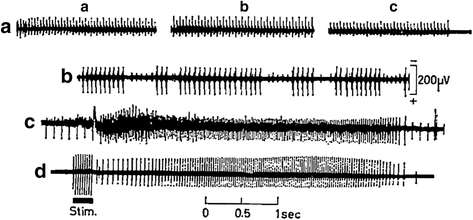
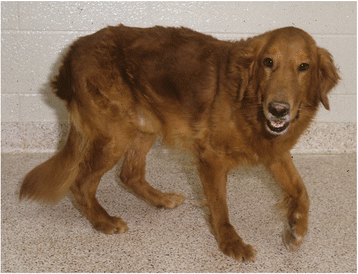
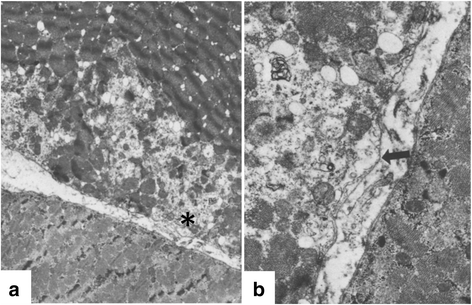
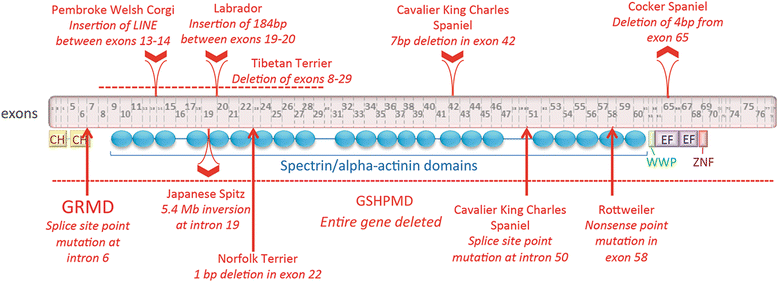
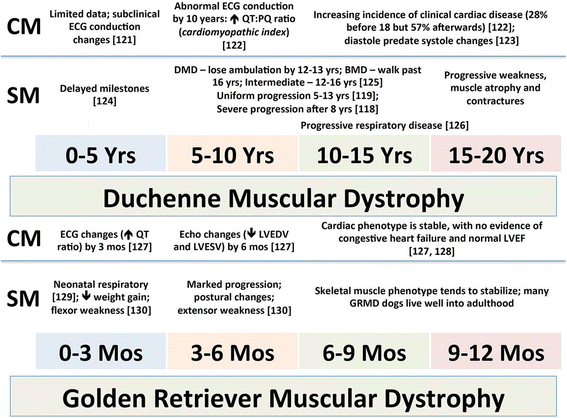
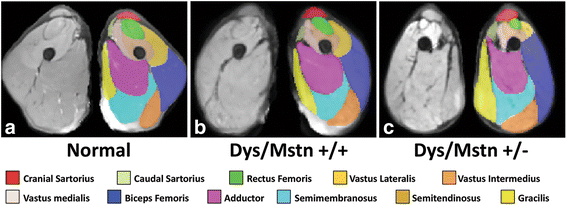
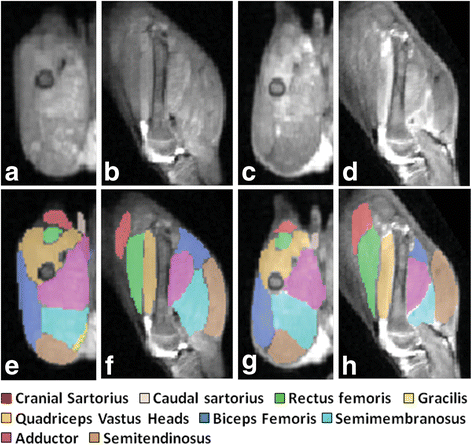
Similar articles
-
Replenishing NAD+ content reduces aspects of striated muscle disease in a dog model of Duchenne muscular dystrophy.Skelet Muscle. 2023 Dec 4;13(1):20. doi: 10.1186/s13395-023-00328-w. Skelet Muscle. 2023. PMID: 38044436 Free PMC article.
-
Pharmacologic management of Duchenne muscular dystrophy: target identification and preclinical trials.ILAR J. 2014;55(1):119-49. doi: 10.1093/ilar/ilu011. ILAR J. 2014. PMID: 24936034 Free PMC article. Review.
-
X-linked muscular dystrophy in a Labrador Retriever strain: phenotypic and molecular characterisation.Skelet Muscle. 2020 Aug 7;10(1):23. doi: 10.1186/s13395-020-00239-0. Skelet Muscle. 2020. PMID: 32767978 Free PMC article.
-
Genome-wide association study to identify potential genetic modifiers in a canine model for Duchenne muscular dystrophy.BMC Genomics. 2016 Aug 22;17(1):665. doi: 10.1186/s12864-016-2948-z. BMC Genomics. 2016. PMID: 27549615 Free PMC article.
-
Canine models of Duchenne muscular dystrophy and their use in therapeutic strategies.Mamm Genome. 2012 Feb;23(1-2):85-108. doi: 10.1007/s00335-011-9382-y. Epub 2012 Jan 5. Mamm Genome. 2012. PMID: 22218699 Free PMC article. Review.
Cited by
-
"Betwixt Mine Eye and Heart a League Is Took": The Progress of Induced Pluripotent Stem-Cell-Based Models of Dystrophin-Associated Cardiomyopathy.Int J Mol Sci. 2020 Sep 23;21(19):6997. doi: 10.3390/ijms21196997. Int J Mol Sci. 2020. PMID: 32977524 Free PMC article. Review.
-
Short-term treatment of golden retriever muscular dystrophy (GRMD) dogs with rAAVrh74.MHCK7.GALGT2 induces muscle glycosylation and utrophin expression but has no significant effect on muscle strength.PLoS One. 2021 Mar 26;16(3):e0248721. doi: 10.1371/journal.pone.0248721. eCollection 2021. PLoS One. 2021. PMID: 33770101 Free PMC article.
-
Biomarkers for Duchenne muscular dystrophy: myonecrosis, inflammation and oxidative stress.Dis Model Mech. 2020 Mar 2;13(2):dmm043638. doi: 10.1242/dmm.043638. Dis Model Mech. 2020. PMID: 32224496 Free PMC article. Review.
-
Modulating fast skeletal muscle contraction protects skeletal muscle in animal models of Duchenne muscular dystrophy.J Clin Invest. 2023 May 15;133(10):e153837. doi: 10.1172/JCI153837. J Clin Invest. 2023. PMID: 36995778 Free PMC article.
-
Long-Term Dystrophin Replacement Therapy in Duchenne Muscular Dystrophy Causes Cardiac Inflammation.JACC Basic Transl Sci. 2025 Jun;10(6):759-782. doi: 10.1016/j.jacbts.2024.12.015. Epub 2025 Mar 12. JACC Basic Transl Sci. 2025. PMID: 40562489 Free PMC article.
References
-
- Multiple authors Experimental primary myopathies and their relationship to human disease. Ann NY Acad Sci. 1966;138:3–366.
Publication types
MeSH terms
Substances
LinkOut - more resources
Full Text Sources
Other Literature Sources

